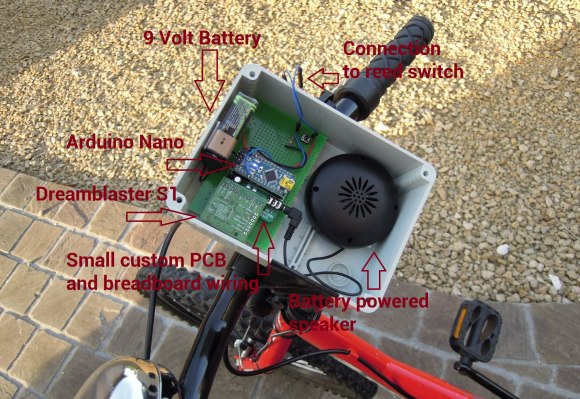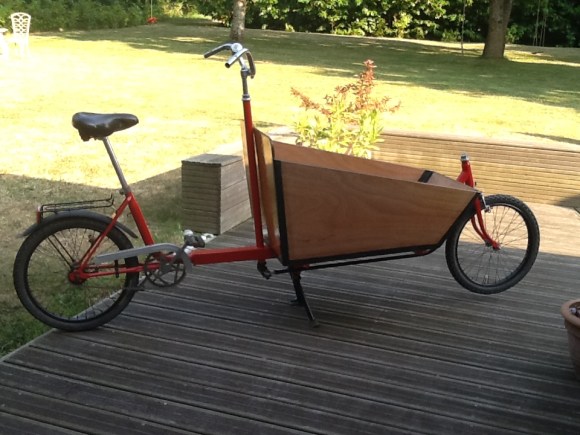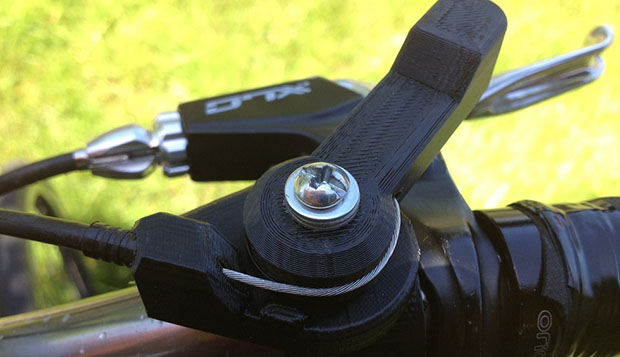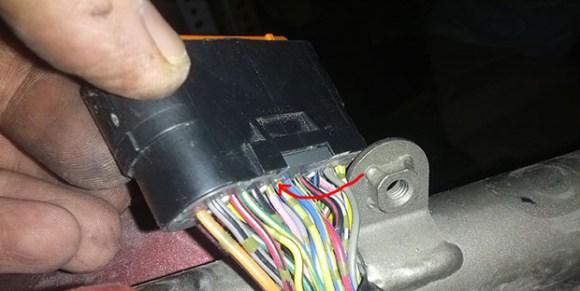
[Serdef] wrote in to tell us about a project he has recently created. It’s a drum beat generator that changes tempo depending on how fast you pedal your bike. This flies directly in the face of using music to keep your pedal timing consistent and up to speed.
The project started out with a tap-tempo drum rhythm pedal that [Serdef] had previously built. This device will generate a drum beat at a tempo corosponding with the time between 2 input signals. This type of device allows someone, say a guitarist, to quickly and easily specify the speed of the drumbeat that they are playing along with.
With the meat and potatoes of the project already figured out, the next part was to make the speed of the bike trigger the tempo of the drum beat. For the signal input, a magnet mounted on the wheel triggers a reed switch mounted on the bike fork once per wheel revolution. This is the same method of information gathering that a bicycle speedometer/odometer uses.
The business part of this project includes an Arduino that measures the speed of the wheel via the magnetic switch, adjusts the speed of the drum beat, and then sends the drum beat to a synthesizer via MIDI protocol. The synthesizer converts the MIDI signal into drum sounds amplified through a powered speaker that the rider can hear. The entire system is powered by a 9v battery and housed in a project box strapped to the bike’s handlebars.
All of the design files and Arduino code are available via [Serdef’s] excellent write up on hackaday.io in case you’re interested in making one for yourself.
















